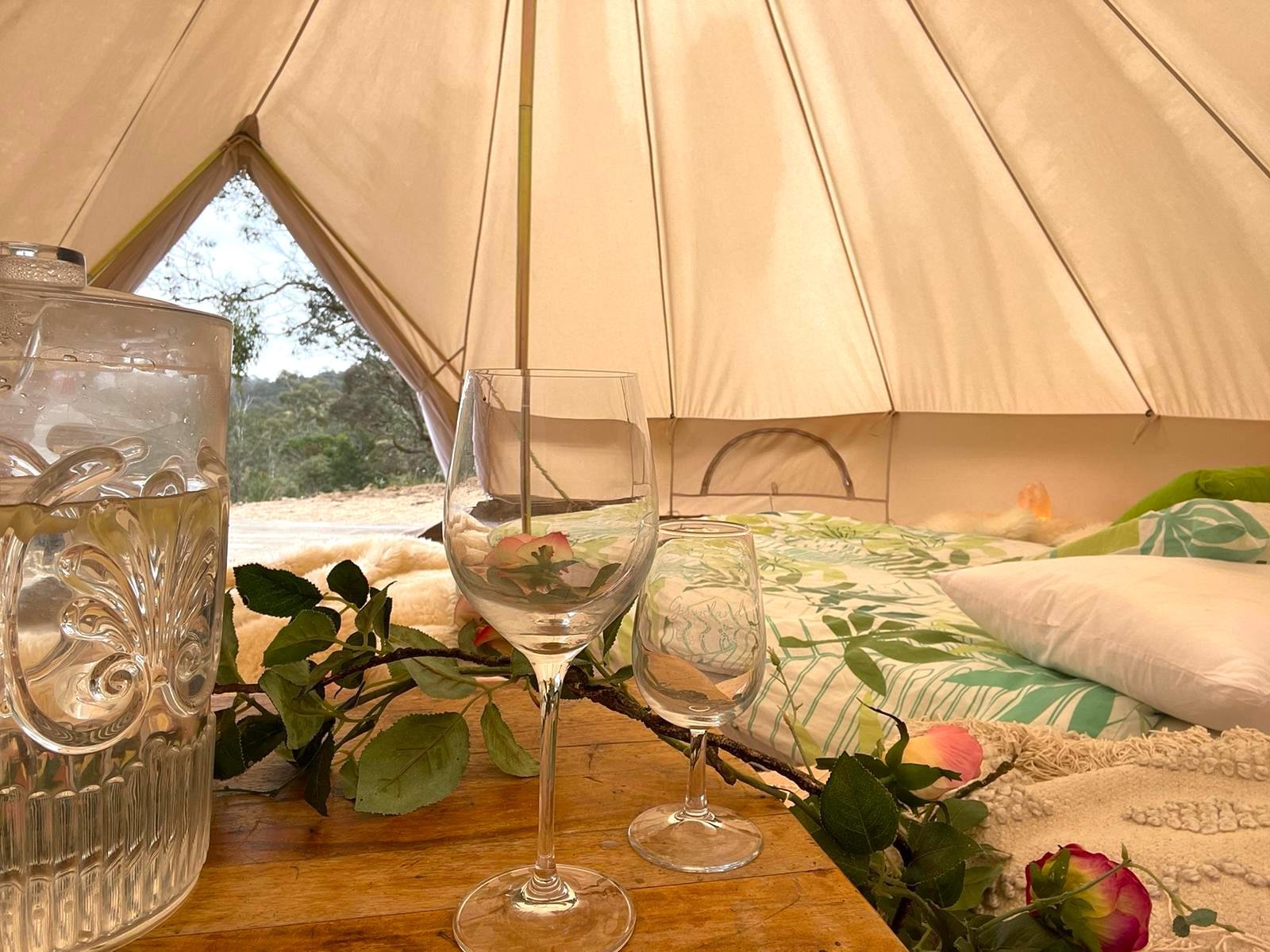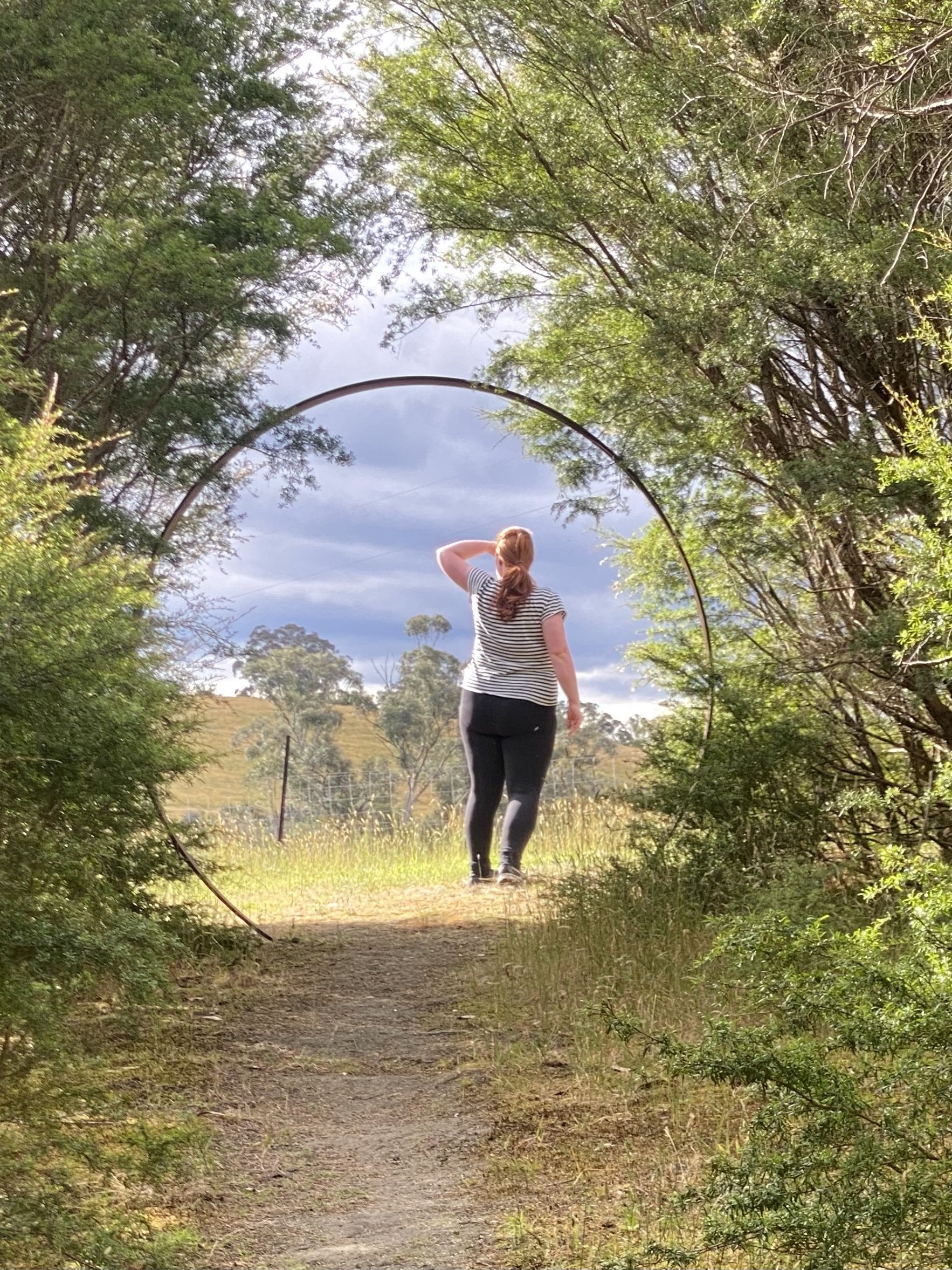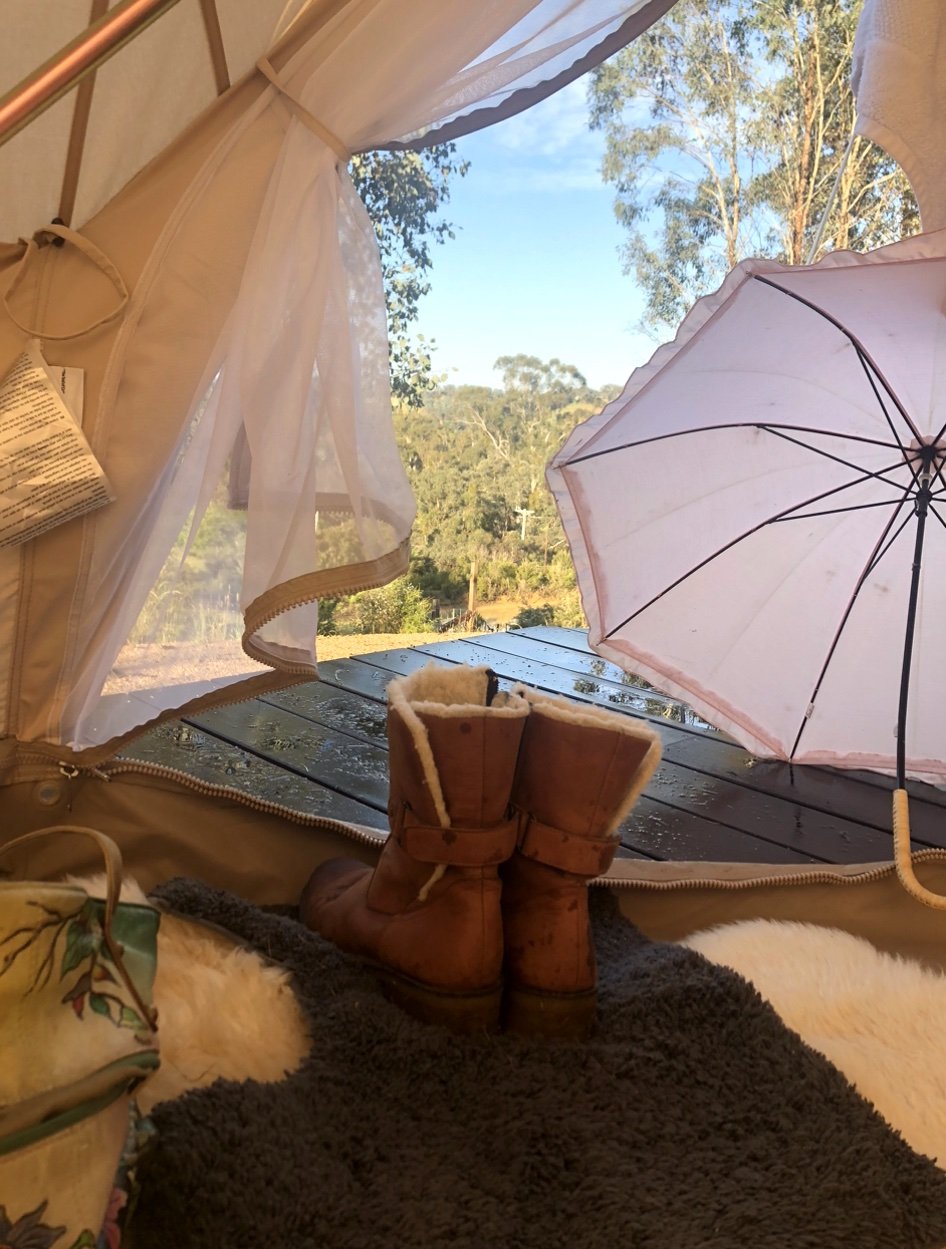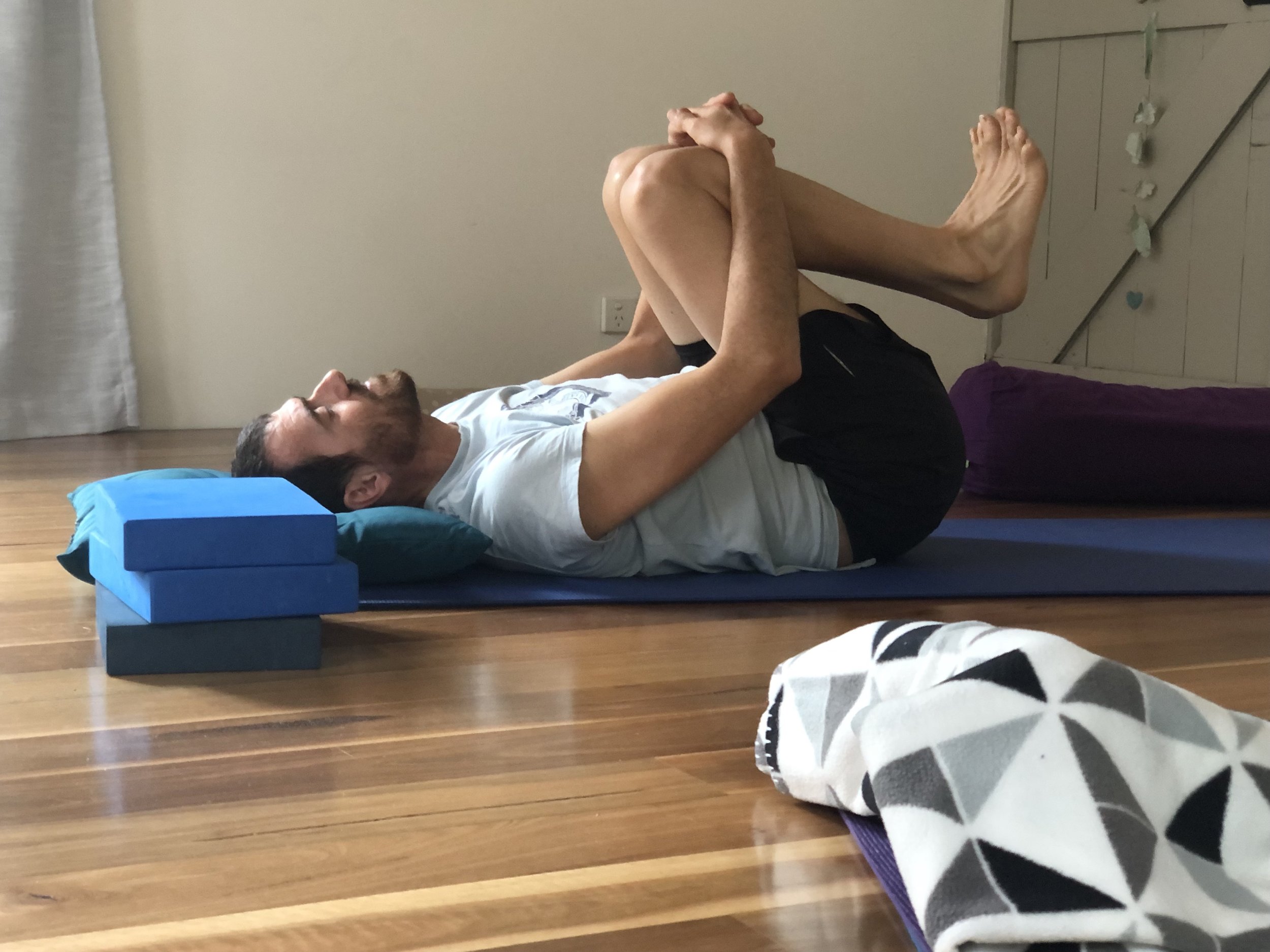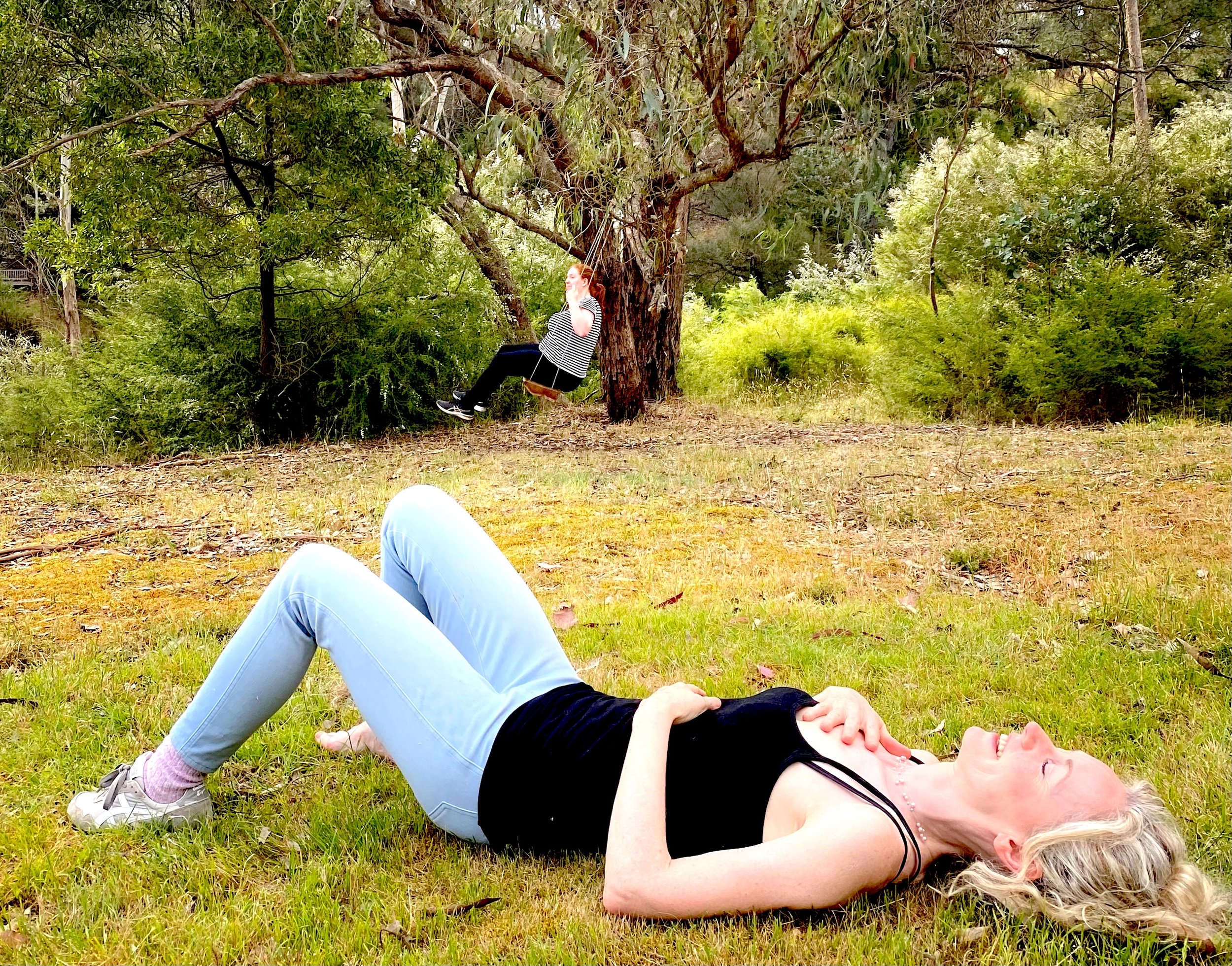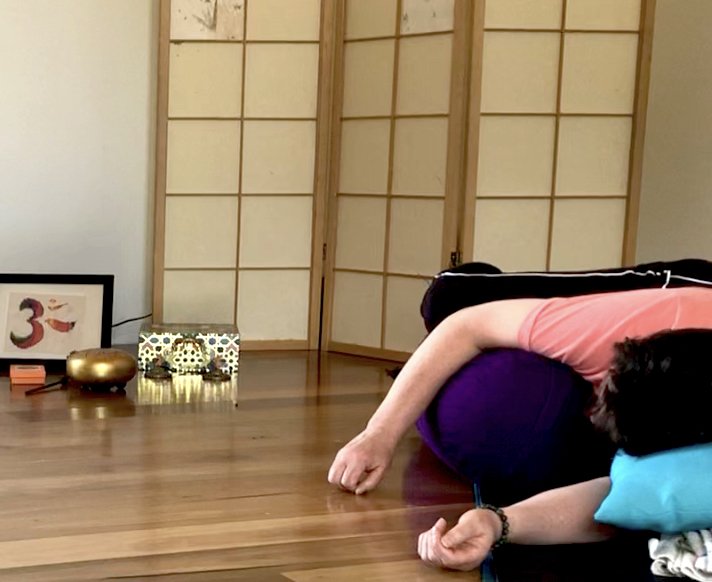The First of twelve lessons
Welcome to my overview of 12 yogic lessons twinkling in the hearts of those fortunate to attend this year’s Deep Healing Retreat. It is my hope that it awakens the 12 houses of your heart too.
Our first learning: Surrender
In broad brush strokes one surrenders when they sign up to attend a four day retreat.
There is a surrender of the days away from work or family or other life commitment.
There is a surrender of holding onto finances as the money moves from being locked in the bank and back into the flow of life.
And even a surrender of one’s creature comforts: one’s addiction to scrolling, favourite tea cup, need for stimulation and noise, time with your favourite squeeze or weekly hobby.
A Deep Healing Retreat is not intended to be a walk in the park. Somehow participants know - even though all the promotional photos look delightful and luxurious - that something unknown is about to unfold and they arrive with fear, trepidation and a whole bunch of courage in their blossoming hearts.
To attend a retreat means to surrender control and take a leap of faith. Faith in yoga, faith in those who will attend and share the space, and faith in me the teacher, and my ability to hold that space.
The practice of surrender has a sweet and simple ritual called “Choosing your Oracle card” which are also knows as Angel Cards.
The ritual of Choosing one’s Oracle or ‘Angel’ Card
The group sits together in a circle, cards are spread out faced-down in the centre, and each person gets to choose one card. They turn it over and what is revealed is a single word.
Love. Joy. Forgiveness. Community. Bliss. Patience. Gentleness. Brilliance. Delight. Belonging.
Oracle cards offer words that resonate deeply and carry a myriad of possible meanings.
A Small Aside To consider
When we think of an Oracle we go back to a different time and culture. In Antiquity a priest/ priestess would act as a medium (connection to the divine) and so through them people would seek advice and foresight.
‘Angel” cards are similar to Oracle cards as they too brings to mind the idea that there may be a protective force, benevolent and holy, that cares for and guides us. The Angel is connected to a larger, bigger force than we feel our small-self does not have access to or daily contact with. The idea of an angel opens up in us something divine, but less tangible. Again, something you can’t control but you can be influenced by.
Back to the main practice
Oracle / Angel Cards
An Oracle card offers us a chance to let go of having to be in the drivers seat. We are invited, instead, to allow the universe to guide us. The practice is firstly to surrender, as you have no control or choice over what you pick. Surrender builds trust. Trust that something else can hold you. The universe may be benevolent after all.
Next, once holding this card in your hand, the task is to turn it over in your mind and feel into the meaning it might hold for you. What does it offer? What dream does it ignite or past does it heal?
We do this from a higher place within. From the vertical line between heaven and earth, we open to meaning. This avoids the duality of the "good/bad, right/wrong like/don’t like" horizontal approach that tends to dominate our daily life. Instead we can listen in with stillness and openness.
Sometimes people are surprised to realise it is not a word telling you what to be more of or get more of. This word could be expressing what you mean to others, or what your natural talent is!
Enjoy your Oracle card and let it nourish, inspire and celebrate YOU.
Taking a leap of faith as the Retreat Facilitator / Principle teacher
This year I put aside pre-fabricated, commercial oracle cards. I chose coloured paper and textas and with the participants in my mind and heart I wrote 13 words that just felt like they spilled out of me. No rhyme or reason. I opened up and let each word arrive through me, unquestioningly.
I was deeply touched by the process of the ritual unfolding, as each person opened up and shared their word with the group.
And the word I selected?
LOVE.
Or did love choose me?












